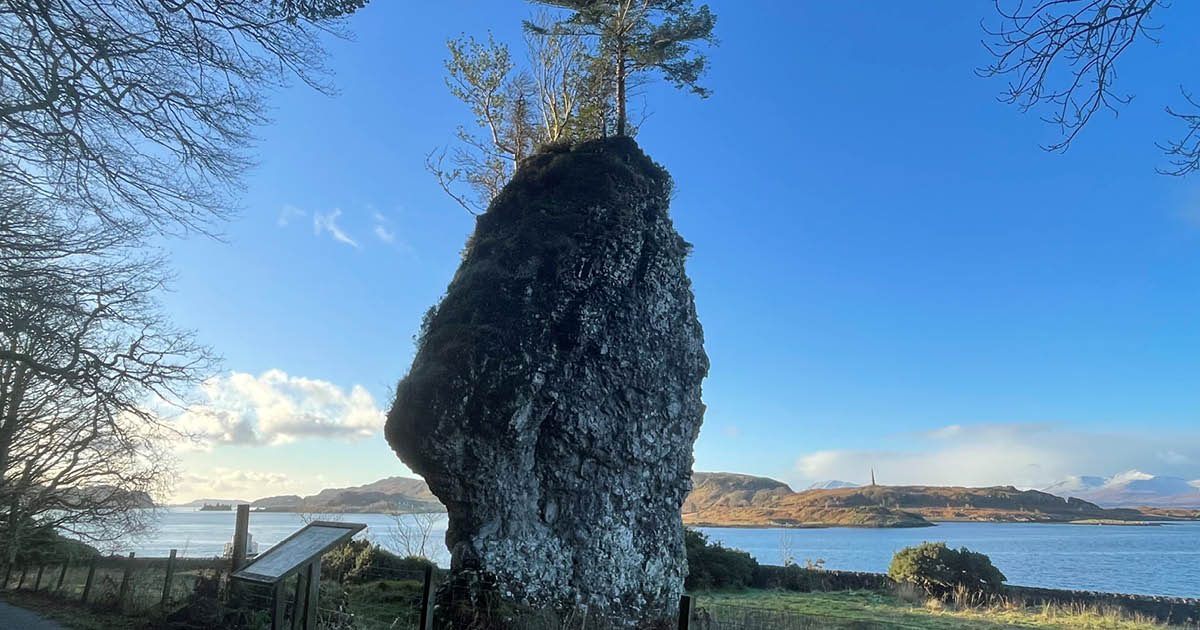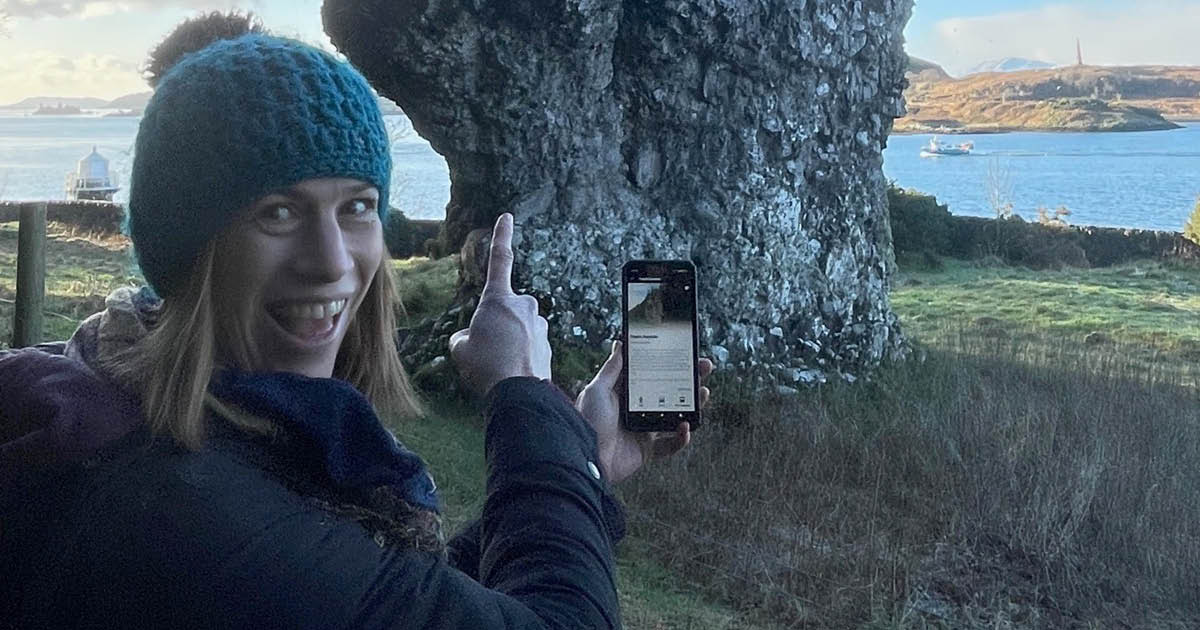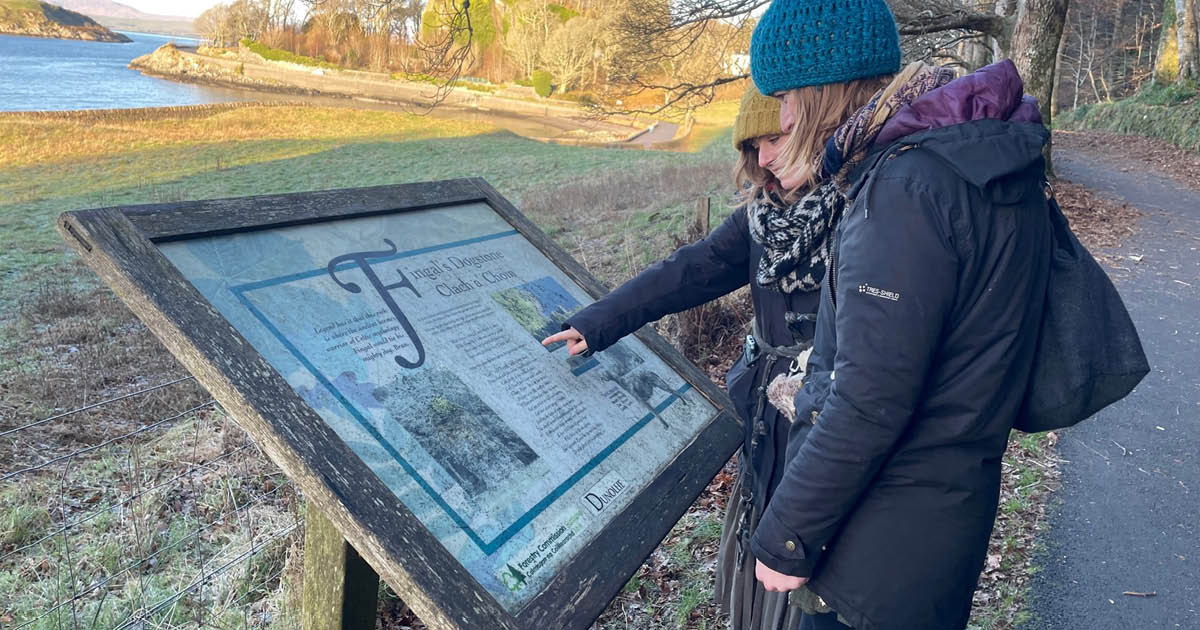COAST
'The Coast that Shaped the World’ has gathered stories reflecting and celebrating the people, communities, heritage and environment of the west coast and islands of Scotland. This heritage has shaped our coastal communities- both here in Scotland and in the wider world.

A community-led project, COAST employed thirty-two local story gatherers, from Wester Ross and Lewis in the north to Arran and Kintyre in the south, to work with individuals and heritage organisations to uncover stories deeply rooted in place and of significance to locals. The aim is to encourage people to travel to less well-visited areas, helping to sustain local communities and businesses.
Almost 400 of the stories have been mapped on an immersive website and app, while the remainder have been archived securely for future use and research. These are designed for people to use when travelling - each story is geotagged to inspire users to visit the sites where events occurred for themselves. Some of the stories have also been recorded by storytellers.

The stories have also been used to create four touring exhibitions that have been displayed in various community and heritage venues, from Lewis, Ullapool and Gairloch to Oban and Glasgow. This introduces the stories to people who are already on the move and helps them learn more about their destination. The website hosts a virtual exhibition for people to explore from home.
The COAST website and app will be kept live until at least 2030.
The app is free to download - search 'Coast that Shaped the World' in your app store or visit the COAST website.

Led by the Centre for Recreation and Tourism Research, COAST runs until June 2023. It has been co-ordinated by ruralDimensions and Lateral North, working with the local story gatherers. Lateral North also created the series of exhibitions, with Whereverly developing the website and app.
COAST is funded by a grant from the Scottish Natural Heritage’s Natural and Cultural Heritage Fund (NCHF), which is funded through the European Regional Development Fund (ERDF). Match funding has also come from UHI West Highland and Caledonian MacBrayne, with additional support from Bakkafrost.